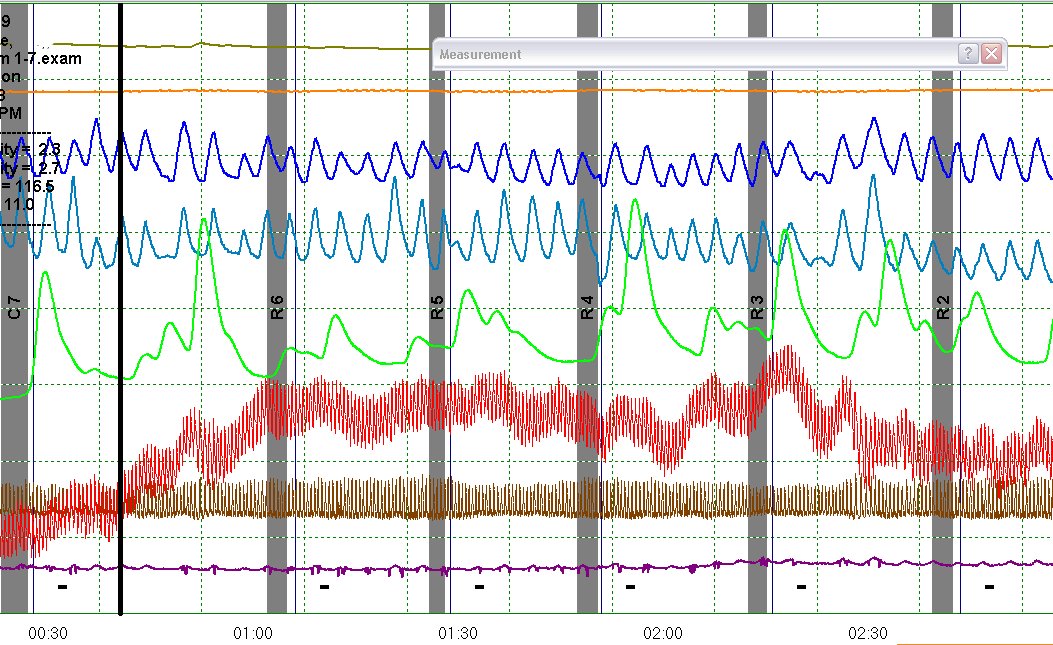
Thanks for stopping by
our bulletin board.
Please take just a moment to register so you can post your own questions
and reply to topics. It is free and takes only a minute to register. Just click on the register
link

|
 Polygraph Place Bulletin Board Polygraph Place Bulletin Board
  Professional Issues - Private Forum for Examiners ONLY Professional Issues - Private Forum for Examiners ONLY
  another blind stim another blind stim
|
| next newest topic | next oldest topic |
|
All times are PT (US) | next newest topic | next oldest topic |
  |
|
Contact Us | The Polygraph Place
copyright 1999-2003. WordNet Solutions. All Rights Reserved
Powered by: Ultimate Bulletin Board, Version 5.39c
© Infopop Corporation (formerly Madrona Park, Inc.), 1998 - 1999.






